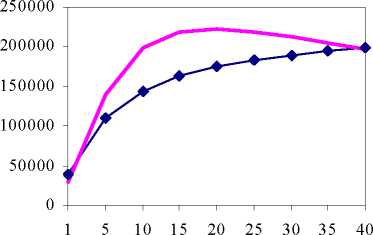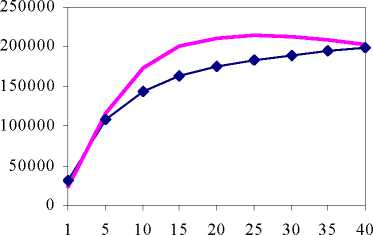Figure 2 shows that in absence of grower´s risk premium, the spot market obtains an
effort in quality greater than that of the incentive contract, with the exception of
successive monopoly (n=m=1), in which the level of quality is similar in both
mechanisms. As the grower´s risk premium increases, the level of quality in both
mechanisms decreases, being this effect much more intense in the spot market than in
the incentive contract. This result would support the role of risk-sharing inherent in the
incentive contract suggested by some authors (for example, Newberry, 1977; Newberry
and Stiglitz, 1979). Hence, as the grower´s risk premium increases, the incentive
contract is more likely to provide greater levels of quality than the spot market.
It may seem contradictory that with a few operators, the spot market obtains a
greater level of quality than the incentive contract for all the values of risk premium
considered in this simulation. However, it can be explained with the trade-off between
quantity and quality. With high levels of grower’s risk premium and small number of
operators, the spot market obtains a very low level of quantity(see figure 1). Given the
inverse relation between quantity and quality, the level of quality is relevant in
comparison with that of the incentive contract.
Finally, in the Figure 3 we have evaluated the total certain equivalent for all values
of risk premium and number of operators considered in the simulation exercise.
ρσ2=0

n=m
ρ σ 2 =0.000001

n=m
More intriguing information
1. Healthy state, worried workers: North Carolina in the world economy2. Integrating the Structural Auction Approach and Traditional Measures of Market Power
3. Publication of Foreign Exchange Statistics by the Central Bank of Chile
4. How to do things without words: Infants, utterance-activity and distributed cognition.
5. Intertemporal Risk Management Decisions of Farmers under Preference, Market, and Policy Dynamics
6. Benefits of travel time savings for freight transportation : beyond the costs
7. Types of Cost in Inductive Concept Learning
8. Gender and headship in the twenty-first century
9. The name is absent
10. The Dynamic Cost of the Draft